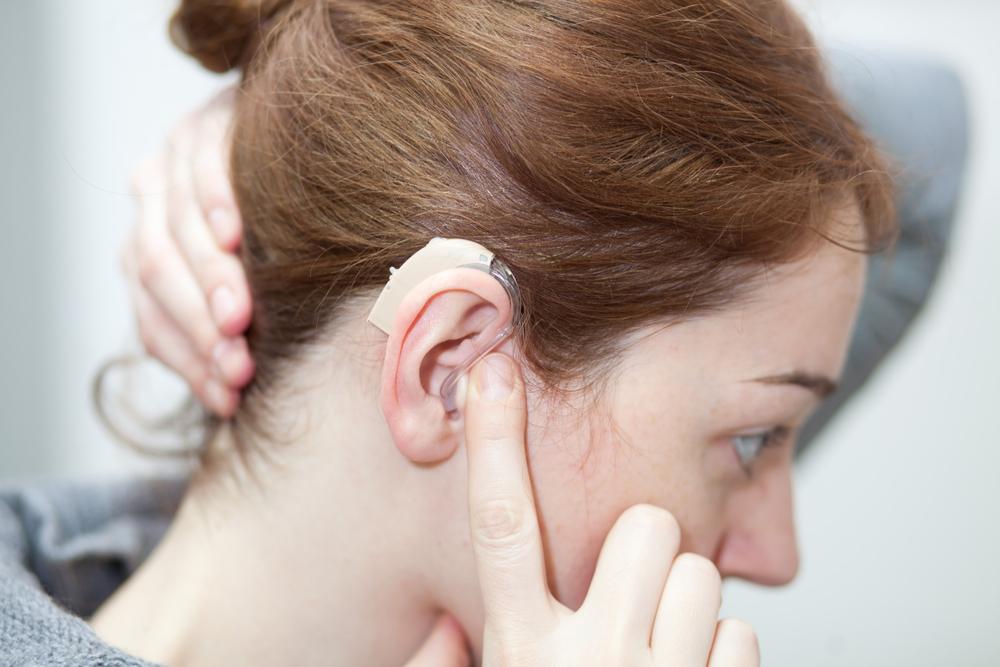Types of hearing aids and tips to choose the right one

Sensor neural is the most common type of hearing loss. It usually happens due to damage to the tiny hair cells that line the interior of the inner ear. These cells are instrumental in converting sounds into electrical signals that are then transmitted to the brain, which reinterprets them as sounds. Aging and chronic exposure to loud noises are the most common causes of damage. Apart from this, certain illnesses, family history, and medications are also some significant factors behind hearing loss.
Hearing loss is not reversible, but it can be managed with hearing aids. In fact, digital machines, such as the Costco hearing aids, apart from filtering out background noise, can also be fine-tuned to a specific loss pattern.
Types of hearing aids
Digital hearing aids are of five different types and are classified on the basis of where they are worn – on the ear or in the ear.
- Mini behind the ear: The receiver goes inside the ear canal. It is comfortable and barely visible. However, a wax build-up may limit the life of the receiver.
- Behind the ear : This is worn behind the ear. The sound is sent through the tubing that connects the case of aid to the receiver. This model has flexible features, the right amount of amplification, and is easy to adjust. However, it is often visible and prone to wax build up.
- Completely in the canal : This machine fits deep inside the ear canal, so it is less visible and less sensitive to wind and noise. However, it is too small, leading to a plugged up feeling, and is prone to wax build up and has a short battery life.
- In the canal hearing aid: Barely visible and less of a plugged up feeling, these are also prone to wax accumulation and has a short battery life.
- In the ear hearing aid: All its components rest in a case in the bowl of the ear. Though there is more room for features, the machine is more visible.
There are specific hearing aid features, such as those available in Costco hearing aids, which make them a desirable choice. The option of multi-program settings, automatic noise level adjustments, reducing high-pitched whistling sounds, wax guards, etc. are some of them. Read on to know some useful tips, which will help you choose the best hearing aid:
- Look for experienced healthcare professionals : A knowledgeable healthcare professional will guide you through all your options. He will find a fit that will suit your budget and your hearing needs.
- Check for insurance coverage: Although most insurance companies do not cover hearing aids, some like Medicare Advantage can get you partially covered for batteries, maintenance cost, etc.
- Opt for a written contract: There should be a written contract, detailing out conditions regarding return of the aid, trial period, length of warranty and what is included in the price.
- Be realistic in choosing the features: Go for only those features that you are sure you will need. Bluetooth capability is a convenient add-on, but it is unnecessary if you are not going to use it.
- Get a good bargain: Ask for a price break up. Also, ask your healthcare provider the comparative pros and cons of one aid over other. For instance, there are frequent screenings of Costco hearing aids at specific select locations, and attractive prices are offered on hearing aids. Book an appointment before you go as they provide an on-site audiologist.
Choosing a good hearing aid can be intimidating, but if you are opting for machines like the Costco hearing aids, they can make a world of difference in your daily life.



